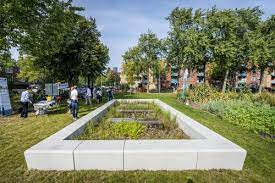
With population growth and urbanisation, more and more pavements are becoming solid around the world. The drainage and treatment systems of many large cities can no longer cope with the large volumes of rainwater that these paved surfaces generate. The creation of rain gardens can help address this problem.
Rain gardens are artificially created depressions in the ground that can be installed, for example, close to impermeable surfaces – roofs, paved parking lots, roads, sidewalks, compacted lawns – to collect and temporarily store rainwater runoff. This water is mostly contaminated, so if it were to enter the sewerage system, it would need to be treated before it could be reused for drinking or irrigation.
The rain garden was developed in 1990 on a building site by Dick Brinker, who decided to try this new method instead of the traditional one. This saved around $300 000 compared to what it would have cost to build a typical drainage system. Studies show that rain gardens can capture 75-80% of run-off water. Thanks to these, rain gardens have become increasingly popular and are now used in many municipalities.
Environmental benefits
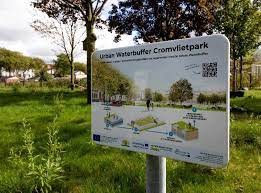
The benefits of rain gardens can be seen everywhere, whether in the gardens of family homes, in the parks of big cities or in the car parks of shopping centres. As well as collecting and holding water, and relieving the drainage system, the rich flora also provides a great habitat for pollinators.
The collected water is filtered and purified by the soil itself. This saves the cost of chemicals and technologies used to recycle water. Rain gardens help reduce the load on treatment plants and water treatment plants.
The future of rain gardens in urban planning
The future of rain gardens is up to city planners, decision-makers and, of course, city residents. Although rain gardens were initially used to slow down run-off and silt up water, they have now become an important feature of landscape architecture. They have been popping up next to office buildings, car parks and factories, as they can play an important role not only in drainage and retention, but also in relieving the sewerage network and reducing costs. Thanks to evaporation, heat stress is reduced, and the plants planted not only sequester carbon dioxide and produce oxygen, but are also aesthetically pleasing. And as well as their beauty, there is now evidence of the quality of life, mental health and spiritual benefits of diverse urban oases reminiscent of natural green spaces and forests.
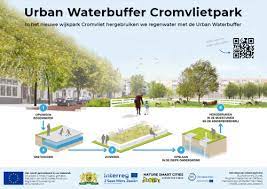
Source: wiuag.wordpress.com
Photo: bhg.com


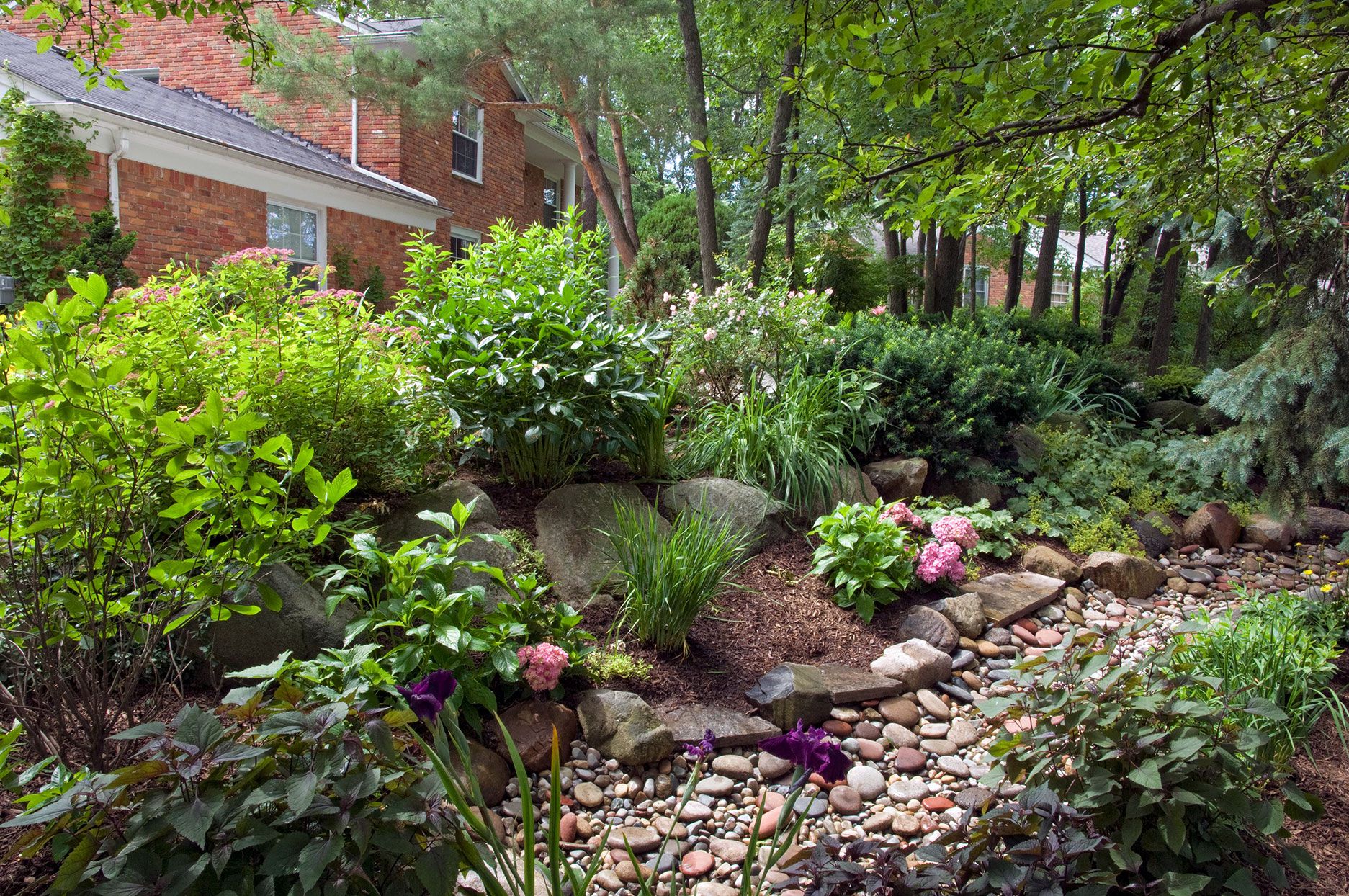

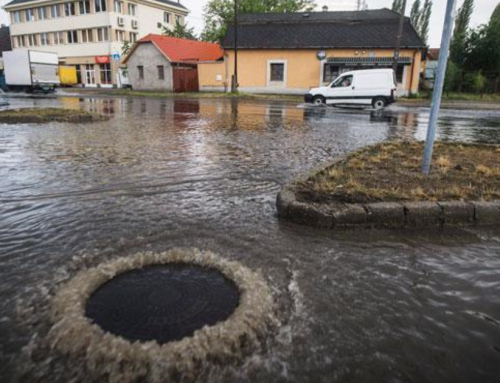
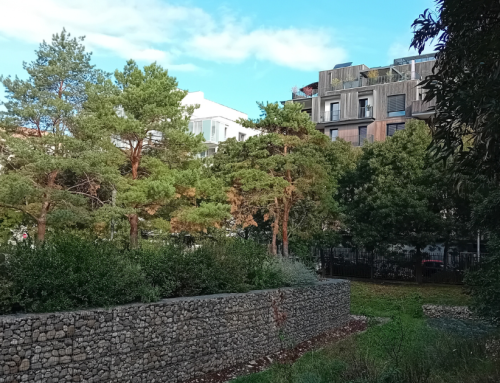
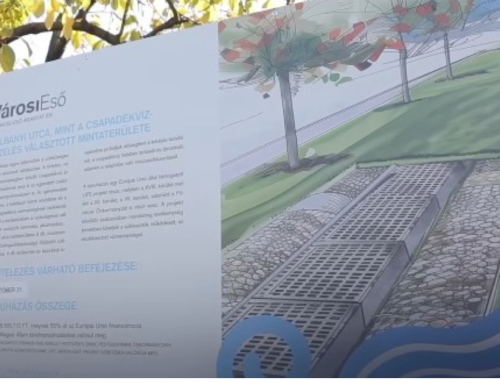
Leave A Comment